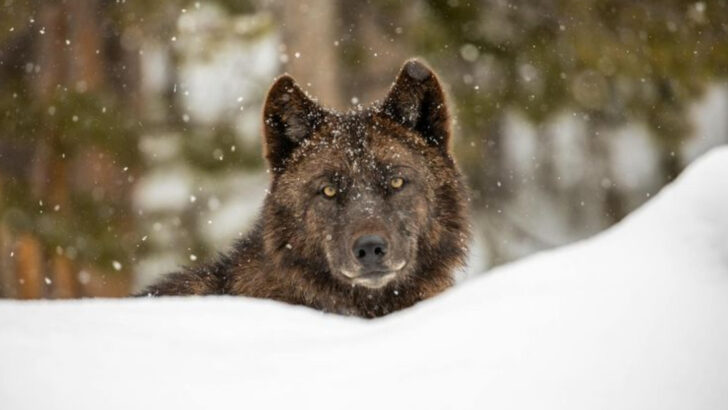They’re back—and they’re not sneaking in quietly. Wolves, once hunted to the brink of disappearance, are returning to the American wild with teeth bared and paws pounding. These apex predators aren’t just surviving—they’re claiming territory, rebuilding packs, and reminding everyone who used to rule the forest. From snow-covered peaks to dense, pine-shaded valleys, the howl of the wolf is echoing once again. And their comeback isn’t random—it’s powerful, persistent, and spreading. But where exactly are these wild legends reappearing? Where can you spot one—if you’re lucky—or hear that unmistakable call piercing the silence? Let’s explore the 10 places across the U.S. where wolves are staging their dramatic return—and maybe, just maybe, rewriting the story humans tried to end.
Yellowstone National Park, Wyoming
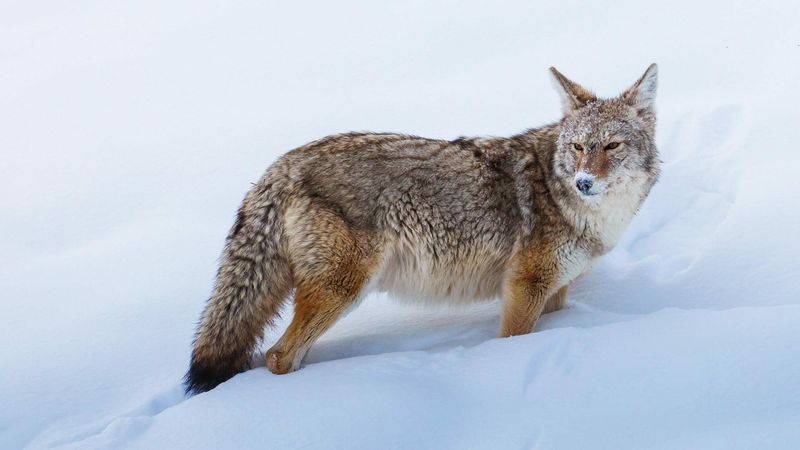
Yellowstone National Park is a haven for wildlife enthusiasts. Since the reintroduction of wolves in 1995, the park has seen a remarkable ecological transformation. Wolves play a crucial role in maintaining the balance of the ecosystem. Their presence has influenced the behavior of other animals, leading to healthier forests and rivers.
Visitors to Yellowstone can witness these magnificent creatures in their natural habitat. The sight of a wolf pack navigating through the snowy terrain is a testament to the park’s successful conservation efforts. It’s a place where nature’s harmony is beautifully restored.
Isle Royale National Park, Michigan
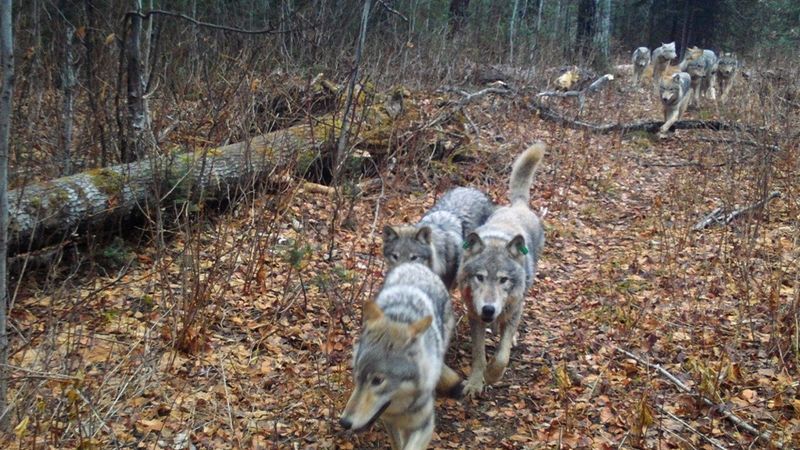
Isle Royale National Park, located in Lake Superior, offers a unique setting for wolf observation. The island’s isolation has led to fascinating studies on predator-prey dynamics. Wolves and moose share this remote wilderness, creating a delicate balance.
In recent years, conservationists have bolstered the wolf population to prevent genetic inbreeding. This effort has been met with success, as the wolves thrive amidst the island’s rugged beauty. Isle Royale remains a crucial research site, providing invaluable insights into the complexities of nature’s web.
Superior National Forest, Minnesota
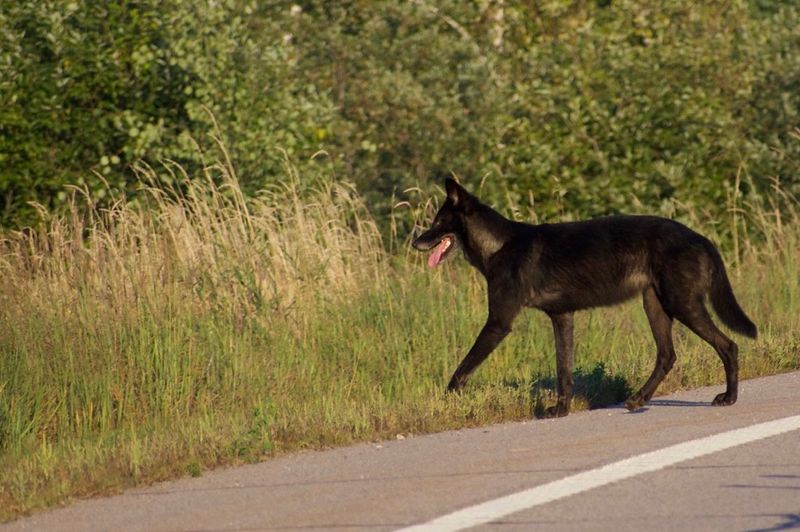
Superior National Forest, with its dense woodland and tranquil lakes, provides an ideal habitat for wolves. The region is part of the larger Great Lakes wolf population, which has seen steady growth.
Efforts to protect and sustain the wolf population here have been ongoing, fostering a healthy coexistence with humans. Visitors might catch a glimpse of these elusive creatures while hiking or camping. Superior’s serene environment underscores the importance of preserving wild spaces for future generations.
Northern Rocky Mountains, Montana
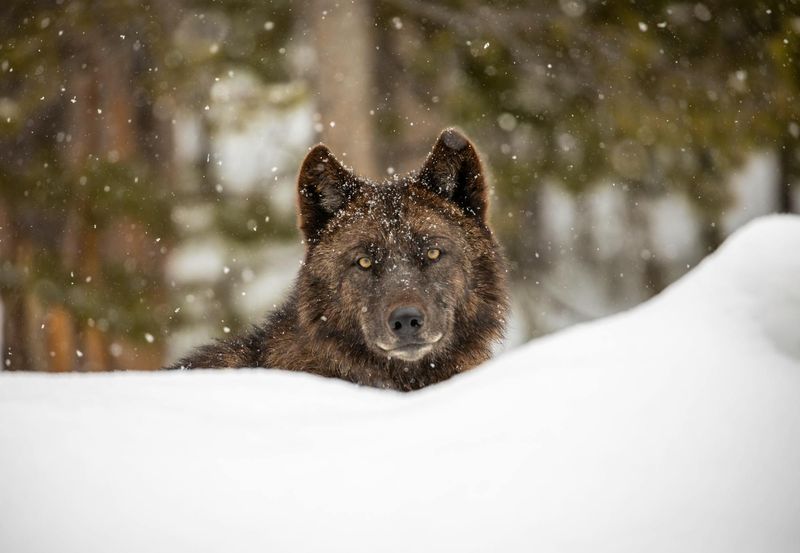
The Northern Rocky Mountains offer a dramatic backdrop for observing wild wolves. Here, the interplay between predator and prey unfolds amidst towering peaks and sweeping valleys.
Wolves were once eradicated from this area, but reintroduction efforts have paid off. Today, they roam freely, contributing to a balanced ecosystem. The region’s rugged beauty provides a perfect setting for wildlife photography and adventure. As the sun rises over the mountains, the haunting howl of a wolf echoes, symbolizing nature’s enduring spirit.
North Cascades, Washington
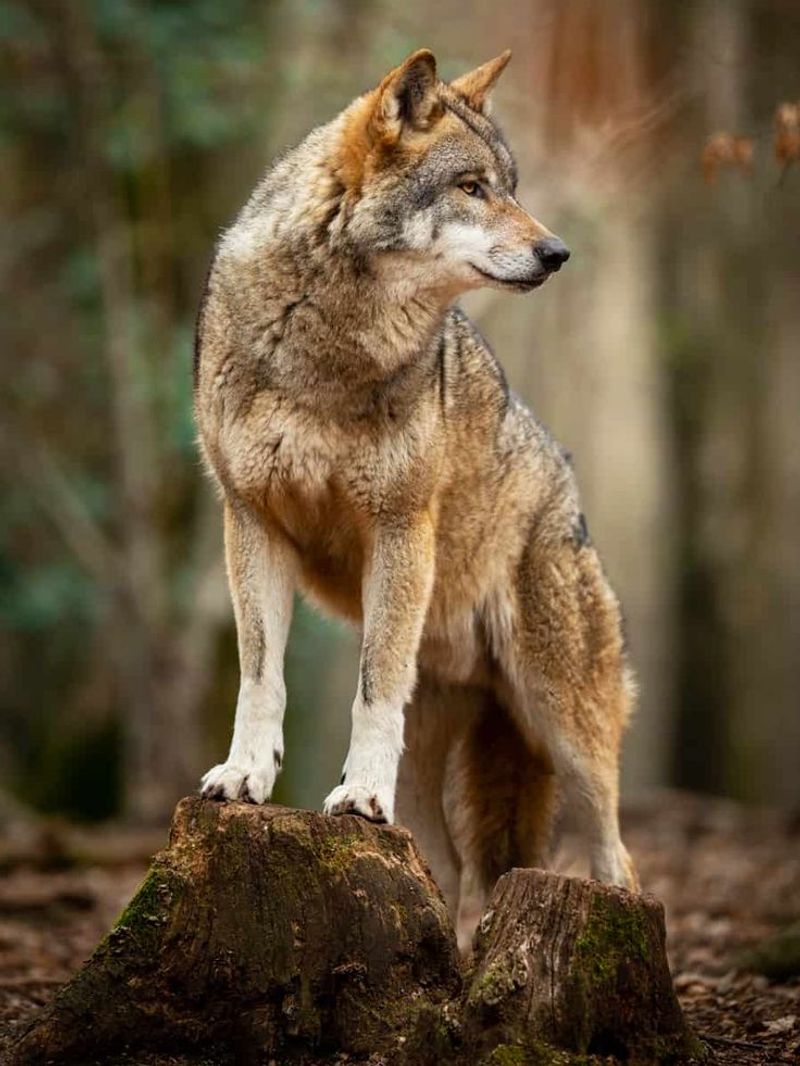
The North Cascades is a region of breathtaking beauty, where wolves have made a triumphant return. This lush, misty landscape offers a rich tapestry of biodiversity.
Wolves here are part of a broader effort to restore predators to their native ranges. Their presence supports a dynamic ecological balance, enhancing the vitality of the forest. The North Cascades’ remote wilderness invites exploration, offering a chance to witness the resilience of nature first-hand. This area is a testament to successful conservation practices.
Cascade Mountains, Oregon
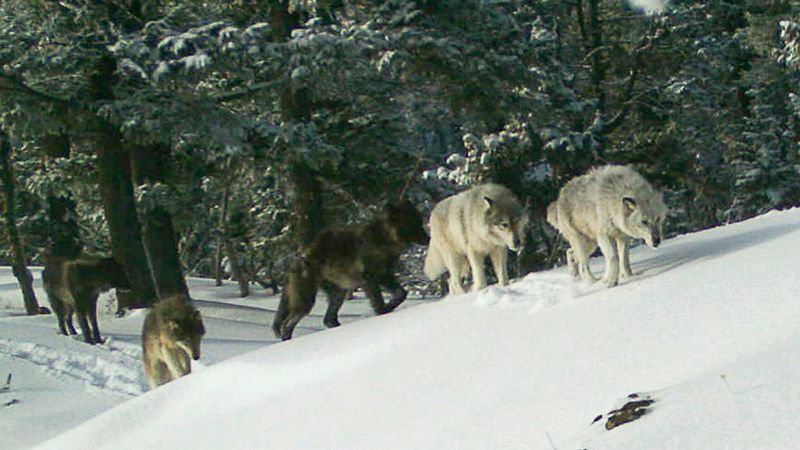
In the Cascade Mountains of Oregon, wolves have been gradually reestablishing their presence. These mountains, with their deep forests and expansive views, provide an ideal habitat.
Conservationists have worked diligently to monitor and support the wolf population, ensuring a sustainable future. The tranquility of the Cascades offers a serene backdrop for observing these magnificent animals. Their return signifies a positive shift in ecological health, promising vibrant wildlife interactions for years to come.
The Adirondacks, New York
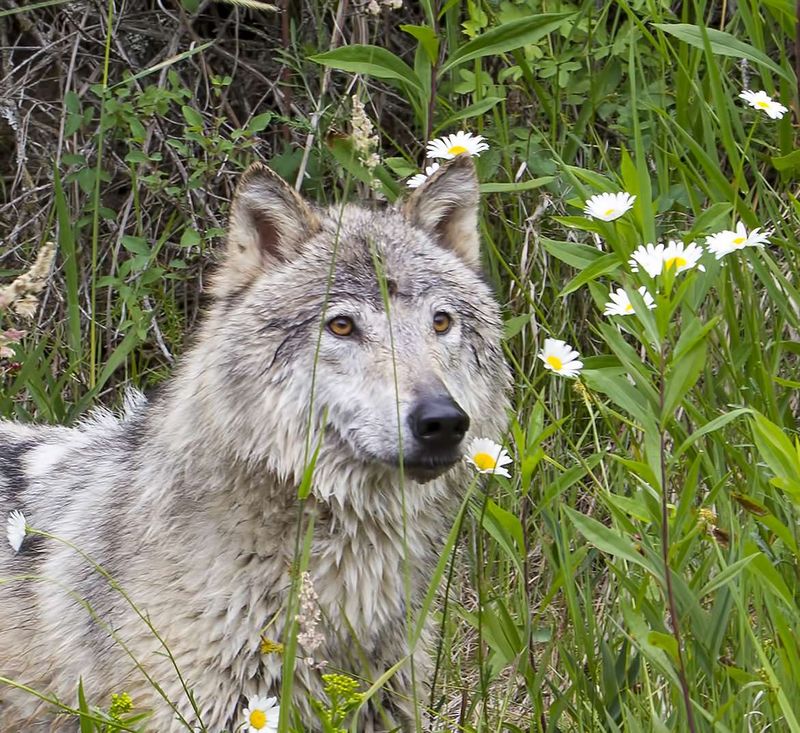
The Adirondacks offer a picturesque setting where wolves are slowly making a comeback. This vast park, known for its vibrant seasonal landscapes, supports diverse wildlife.
Efforts to reintroduce wolves have been met with both challenges and successes. Their return promises to reinvigorate the area’s ecology. Visitors can explore the park’s extensive trails, hoping for a rare sighting of these elusive creatures. The Adirondacks provide a living example of nature’s adaptability and resilience.
Boundary Waters Canoe Area Wilderness, Minnesota

The Boundary Waters Canoe Area Wilderness in Minnesota is a pristine landscape where wolves are thriving. This area, known for its intricate network of lakes and rivers, offers ideal conditions for wildlife.
Wolves here play a vital role in maintaining ecological balance, influencing prey populations and vegetation. Efforts to protect this wilderness have ensured a stable environment for wolves to flourish. Canoe enthusiasts and hikers alike find inspiration in this untouched expanse, where the call of the wild is ever-present.
Denali National Park, Alaska
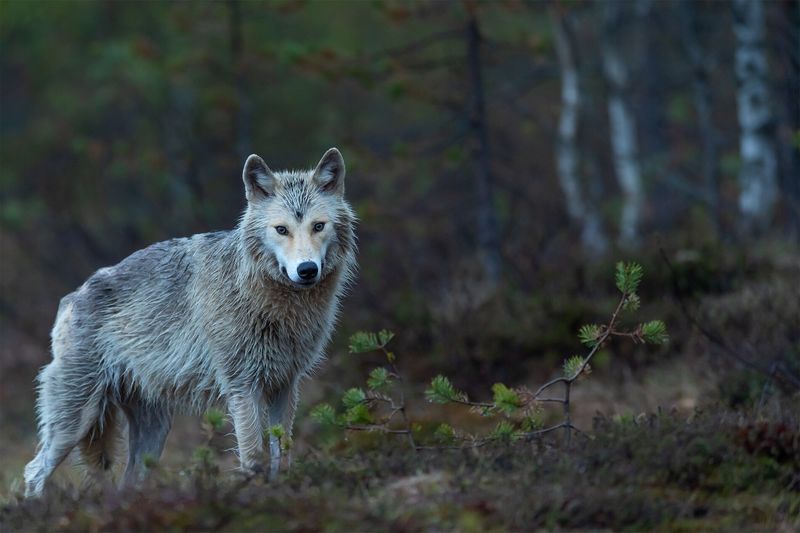
Denali National Park, with its vast, unspoiled wilderness, is a sanctuary for wolves. Here, they roam freely across the expansive plains and rugged mountains.
Wolves in Denali are an integral part of the park’s ecosystem, influencing the behavior of other wildlife. Their presence adds to the natural allure of Alaska’s landscapes. Visitors to Denali can embark on guided tours, where the possibility of witnessing these magnificent animals in their element is a thrilling experience.
Gila Wilderness, New Mexico
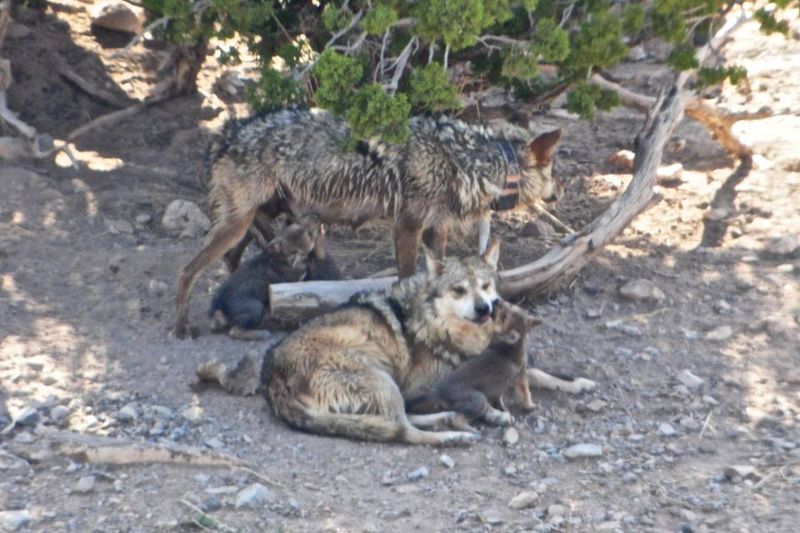
In the Gila Wilderness of New Mexico, wolves are reclaiming their historic range. This area, with its arid landscape and unique biodiversity, offers a distinctive setting for wildlife observation.
Efforts to reintroduce wolves have focused on creating a sustainable environment for their return. The Gila Wilderness is a testament to the resilience of both nature and conservationists. As wolves navigate this rugged terrain, they symbolize a hopeful future for endangered species across the region.

